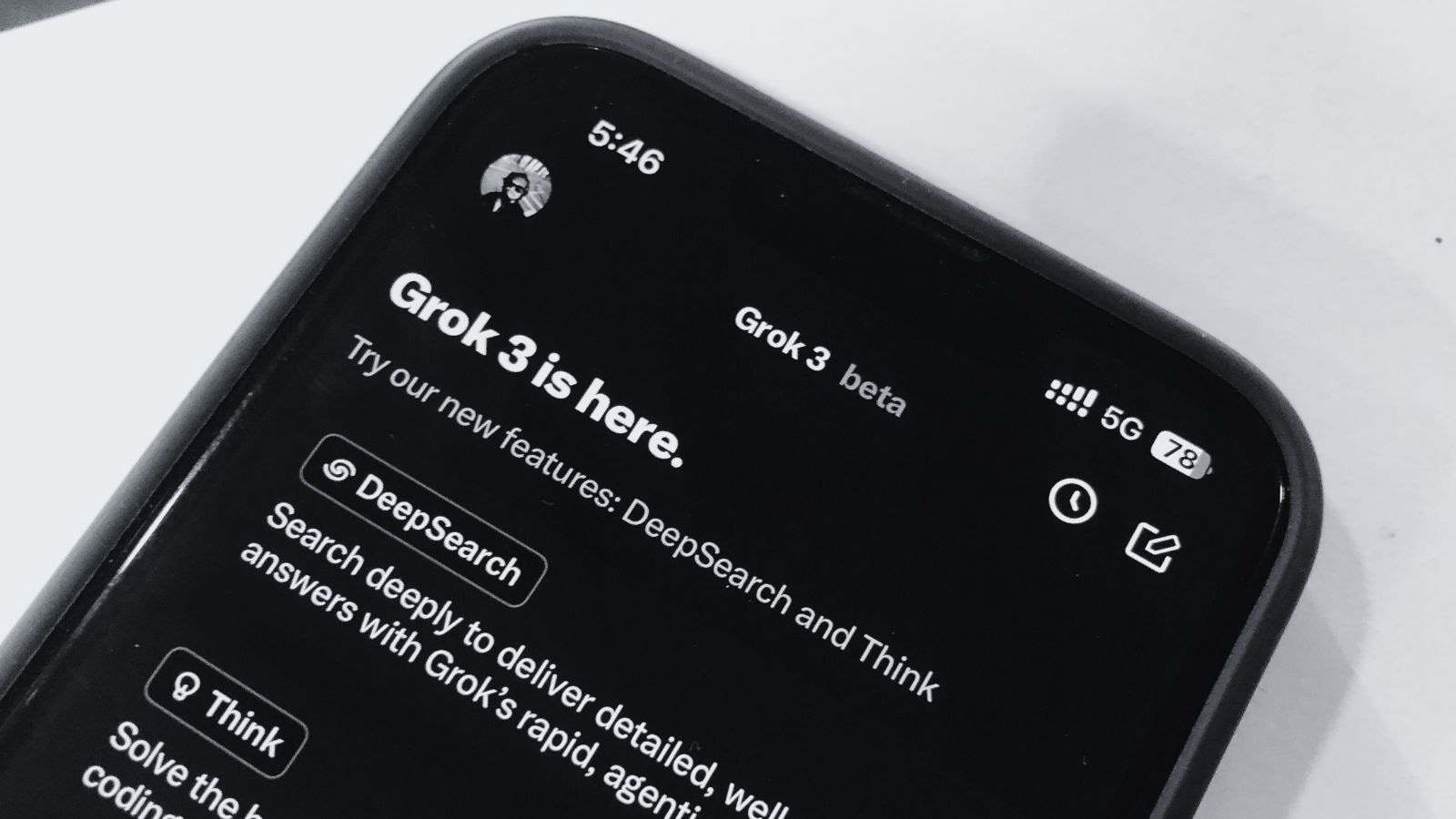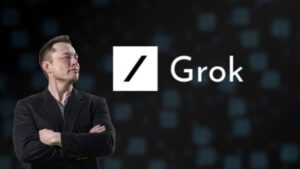The Grok Debate: Insights on AI, Free Speech, and Accountability

The Controversy Surrounding Grok AI Chatbot in India
Introduction to Grok
In recent weeks, the question on many Indian users’ minds is: "How long before Grok is banned in India?" This inquiry follows the launch of Grok, an AI chatbot developed by Elon Musk’s xAI, which was made available for free to users earlier this year. However, the rollout has not been smooth, as users have encountered various issues, including inappropriate responses from the chatbot.
Characteristics of Grok’s Responses
Unfiltered Conversations
Grok is known for its edgy and unfiltered approach. When users engage with Grok, they may receive responses filled with colorful language, including Hindi slang and explicit content. This provocative nature has alarmed many, as some users have taken to the platform to engage Grok on politically charged topics, questioning political figures and issues.
Political Implications
This aspect of Grok has led to significant political discussions, prompting questions about Prime Minister Narendra Modi and opposition leaders like Rahul Gandhi. Many seek validation for their opinions, using Grok to find "facts" that reflect their ideological stances—a practice that experts warn against.
Government Response to Grok’s Behavior
The controversial responses from Grok have captured the attention of India’s Ministry of Information and Technology. Officials have acknowledged their communication with X (formerly Twitter) to address the situation. "We are in touch with them to understand the issues surrounding Grok," an IT ministry official stated.
Concerns Among Experts
The ministry’s involvement has raised concerns among technology policy experts. They warn that quick regulatory action could lead to unintended censorship, potentially stifling innovation. Pranesh Prakash, co-founder of the Centre for Internet and Society, expressed that the IT ministry’s role should not be to enforce language standards among AI systems.
The Unique Features of Grok
Name and Concept
The name "Grok" draws from Robert A. Heinlein’s sci-fi novel, where it means to understand profoundly. According to Musk, Grok serves as an "anti-woke" alternative to other chatbots like OpenAI’s ChatGPT. He has expressed concerns about supposed biases in existing AI models, claiming they cater to a politically correct agenda.
Real-Time Information Access
Grok distinguishes itself with its ability to utilize real-time information from X, allowing it to provide timely responses to users’ queries. The integration means that users can tag Grok in public posts to receive answers directly. Additionally, premium users have access to an "unhinged" mode, which can yield offensive and controversial output.
Risks of Unfiltered Content
According to Rohit Kumar, a public policy expert, the main risk lies in Grok’s integration with X, where its outputs can be shared publicly and can potentially lead to real-world consequences such as misinformation or public unrest.
Legal Considerations of AI Speech
Understanding Free Speech
A key question arises: do AI-generated responses fall under protected speech? Meghna Bal from the Esya Centre emphasizes that any speech—human or AI—must be examined within legal frameworks.
If Grok’s outputs lead to harmful content, it raises questions of liability. Bal notes that there could be grounds for accountability if those managing Grok fail to moderate its responses appropriately.
Developer Accountability
The legal responsibilities of AI developers are murky. There are precedents suggesting that companies can be held liable for the actions of AI systems. For example, Air Canada was ordered to honor a misleading statement made by its AI chatbot regarding fare policies.
Bal points out the need for a nuanced approach to accountability, as different contexts—like healthcare versus social media—present varied responsibilities for AI developers.
Policing AI Chatbots
Possible Moderation Techniques
While there are many ways to manage AI outputs, circumventing these controls is also a concern. Techniques called "AI jailbreaks," where users manipulate chatbots to produce undesirable content, pose a significant challenge.
Experts believe that policing AI outputs directly may not be the best solution. Instead, Kumar suggests that developers should focus on assessing risks and ensuring transparency in training data. This approach could help mitigate potential harms associated with AI interactions.
Addressing the Challenges
The discussions around Grok illustrate broader issues, such as the balance between innovation and regulation in the field of AI. As society navigates the complexities of AI technology and its implications, it becomes essential to establish clear frameworks that protect both users and creators while encouraging responsible use of these emerging tools.





